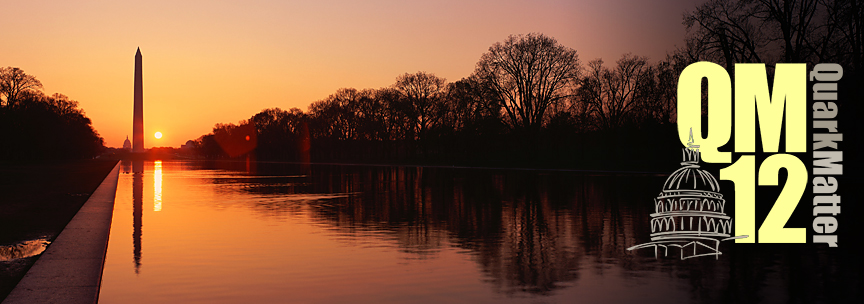Speaker
Dr
Prashant Shukla
(Bhabha Atomic Research Centre (IN))
Description
The hadrons containing strange quark(s) are among the most interesting probes of the hot and dense matter produced in heavy ion collisions at Relativistic Heavy Ion Collider (RHIC). While p+p collisions are used as a baseline for comparison with heavier collision systems and provide a cross check for pQCD calculations, d+Au collisions are used to study cold nuclear matter effects for mesons and baryons and their dependence on particle mass and flavor. Heavy ion collisions provide an insight into effects of quark recombination and jet quenching. Experimental measurements reveal if strange particles are suppressed at high transverse momentum ($p_T$) similarly to light hadrons and if the quark recombination mechanisms boosts strange hadron production at intermediate $p_T$. The PHENIX experiment provides excellent capabilities to measure particles with strangeness content over a wide $p_T$ range using a combination of different analysis techniques.
In this talk we present the latest PHENIX result on production of K$^\pm$, K$_s$, K*, $\phi$ and $\Lambda$ which considerably extend the $p_T$ range for p+p, d+Au, Cu+Cu and Au+Au collisions at \sqrt{s_{NN}} = 200 GeV. The nuclear modification factors are obtained for d+Au and heavy ion collisions at different centralities. These systematic study advance the understanding of the strange meson and baryon production and their difference from light hadrons.
Author
Dr
Prashant Shukla
(Bhabha Atomic Research Centre (IN))
Peer reviewing
Paper
Paper files:
